With a fair chunk (more than half) of my working life spent making iron & my love of history, particularly industrial & engineering history, I was pretty pleased when I found that there is a World Heritage Site just west of Birmingham dedicated to one, if not the major, of the cradles of the Industrial Revolution. Last weekend I finally managed to tie a visit to Ironbridge with some local riding.
It was here, in what was called Coalbrookdale, that iron was first made in blast furnaces using coke, not charcoal, as the reducing agent to strip the oxygen from the ore and leave pig iron. Iron had been smelted in this part of Shropshire for centuries previously due to the ready availability of iron ore and limestone (necessary as a flux to remove impurities to the slag). Charcoal had to be made rather intensively from carefully managed forests, so this always kept iron production low as trees take a while to grow. It was a maker of brass pots, Abraham Darby, from Bristol who came to town, took over an old furnace & began experimenting with reducing the iron ore using coke – this was the early 1700s.
As well as cast iron pots, pig iron was also used to make boilers for steam engines, the first steam locomotive (Trevithick), rails for trains and iron for construction – it was interesting to see how such developments leading to our modern world were so intricately linked. For instance, the blast for the first furnaces were provided by bellows driven by waterwheels – the water coming from dams behind the furnace. This constrained the iron production in the summer months as the dams ran low – but as an improved supply of iron, from using coke, enabled more steam engines to be built, these engines were eventually put to use providing the blast for the furnaces.
There are the remains of quite a few old blast furnaces remains around the area & I enjoyed wandering around them & the Museum of Iron. It was nice to read such words as blast, launder, flux, charge, tapped, cast, hearth, & rolling mill in the context I’m used to reading them. I was also pleased to finally find out why pig iron is called so – something I’d occasionally wondered, but never enough to do anything to actually find out. When iron from the early furnaces was tapped (released from the furnace to run out as the liquid it was), it ran along a narrow channel that branched out perpendicularly in multiple places to slightly larger openings where the iron was cast into ingots. All these ingots were only on one side of the channel & they looked like piglets feeding from a sow – there you go, there’s something you didn’t need to know.
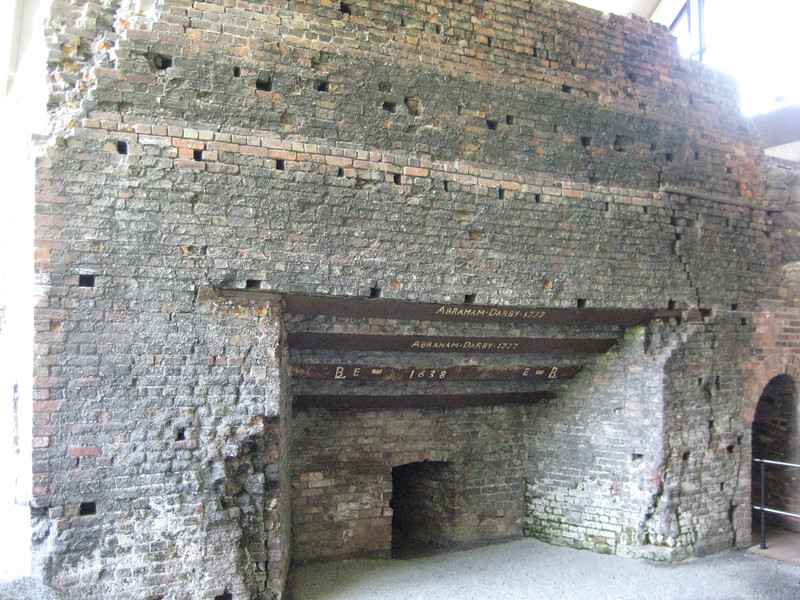 The hearth of the Old Furnace – that first used with coke.
The hearth of the Old Furnace – that first used with coke.
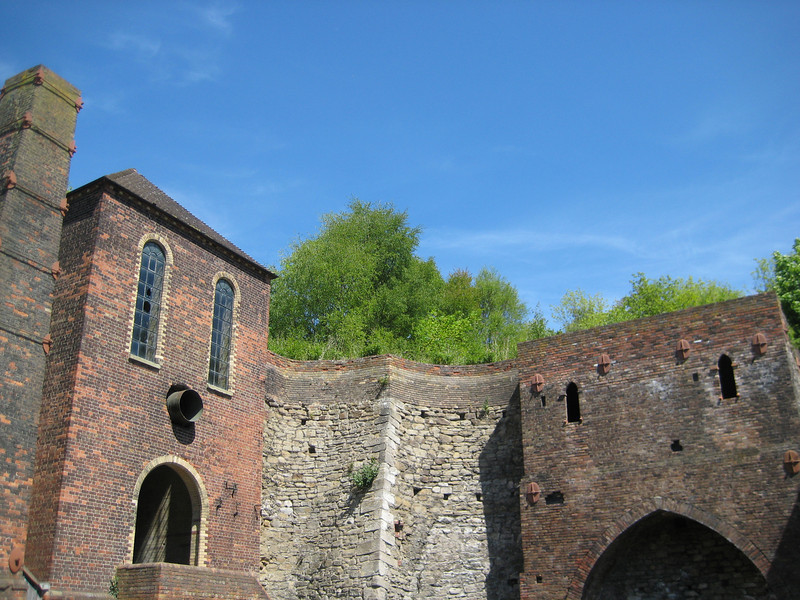 An engine house on the left & charging floor up on the right.
An engine house on the left & charging floor up on the right.
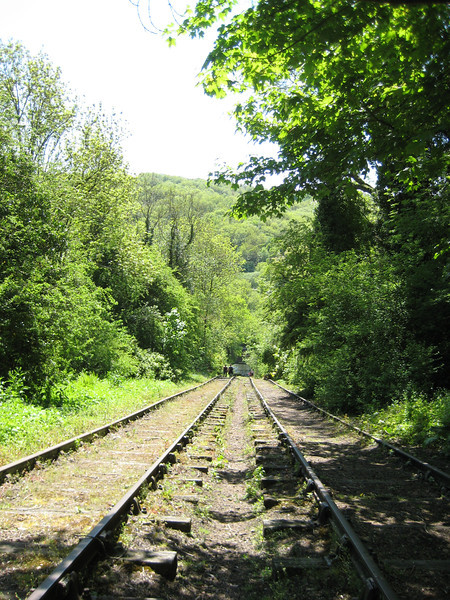 Incline plane (two sets of rails on a steep hill)
Incline plane (two sets of rails on a steep hill)
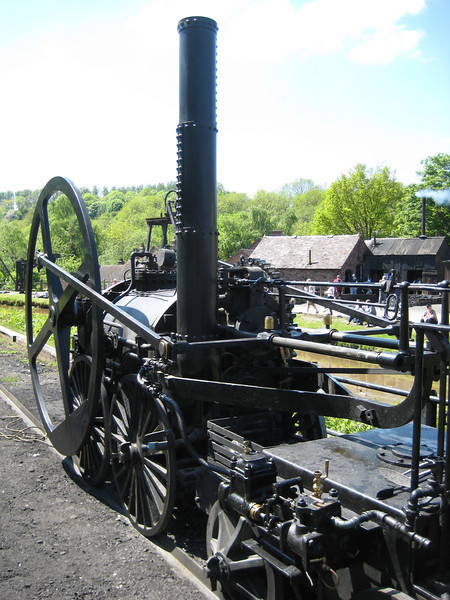 A working replica of Trevithick’s locomotive
A working replica of Trevithick’s locomotive
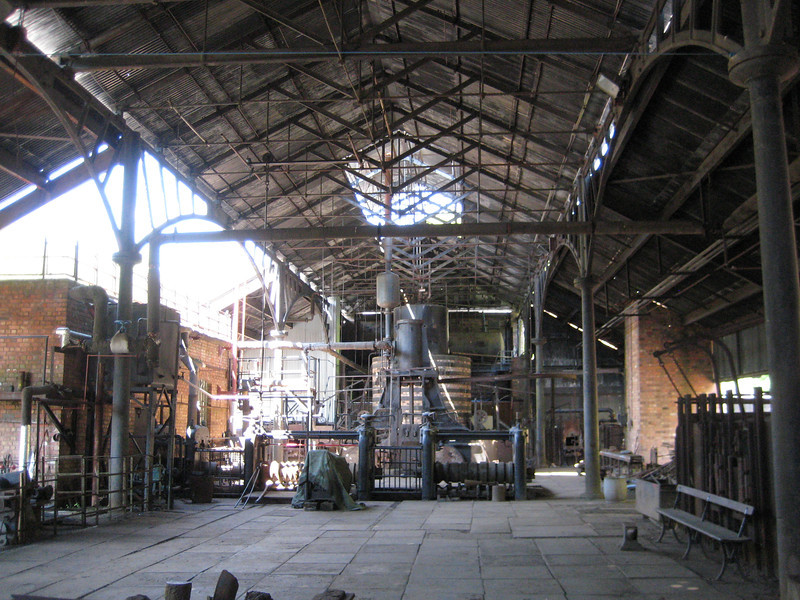 An old iron foundry relocated from Woolwich – you can just see the primitive rolling mill in front of the puddling furnace.
An old iron foundry relocated from Woolwich – you can just see the primitive rolling mill in front of the puddling furnace.
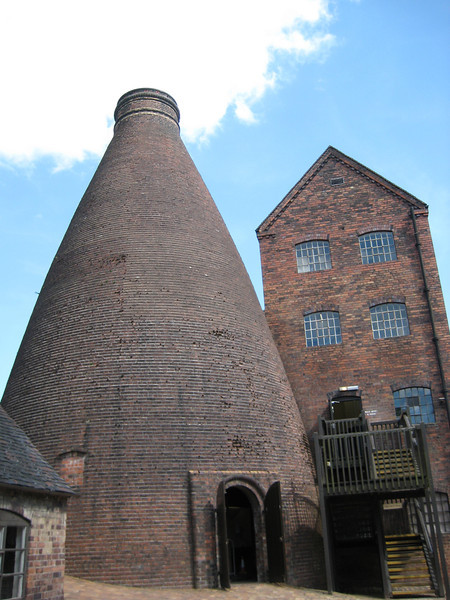 Kiln at the China Museum
Kiln at the China Museum
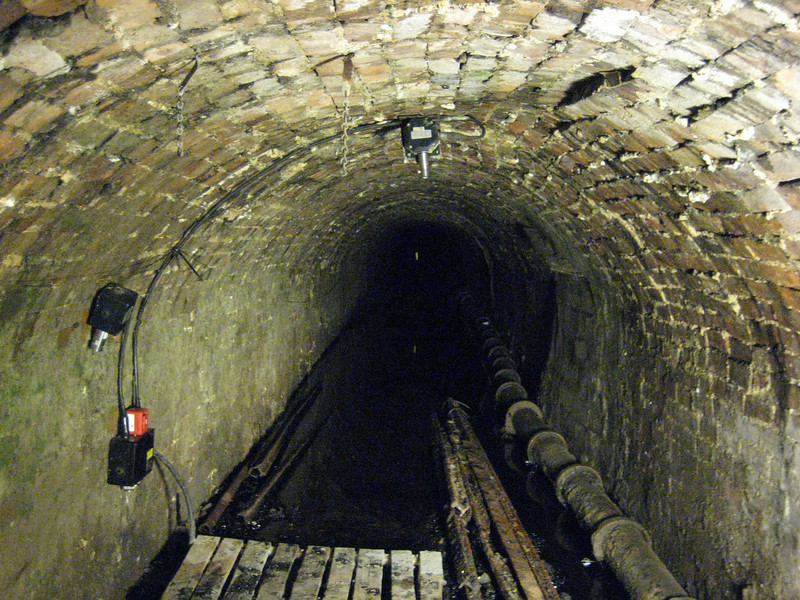 The Tar Tunnel – while trying to open up a transport route between the Shropshire Canal & the Severn, bitumen was discovered.
The Tar Tunnel – while trying to open up a transport route between the Shropshire Canal & the Severn, bitumen was discovered.
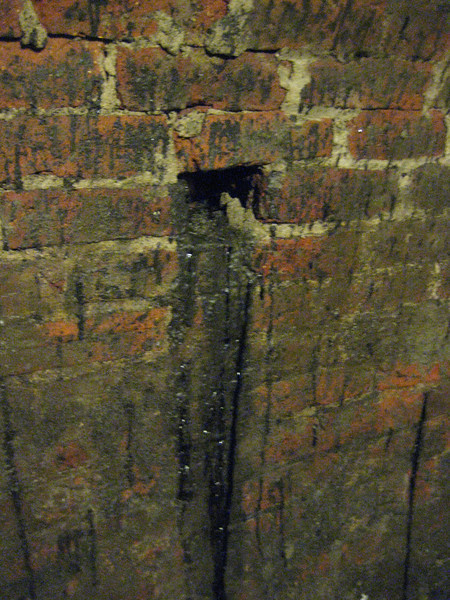 While mostly exploited in the 18th century, some bitumen continues to ooze out of the walls.
While mostly exploited in the 18th century, some bitumen continues to ooze out of the walls.
I spent more time at some of the other museums in the area – Blists Hill Victorian Village is an interesting mostly-industrial themed historical park. Some of the features are original (blast furnace remains for example), but a lot of the buildings have been relocated from elsewhere. The clever inclined plane between the canal & river was quite revolutionary for its time. The problem was to connect the end of the Shropshire Canal, some sixty metres above, to the Severn. The tunnel, originally designed to link the two, struck tar – which made the tunnel more valuable as a source of bitumen, than a conduit for the tub boats used on the canal. The solution was two parallel railways on the very steep hill – where the heavier laden tub at the top pulled the empty tub up from the bottom as it was lowered.
I returned Monday morning to Ironbridge to avoid the sunny-Sunday-on-a-long-weekend-crowds to see the bridge around which the village sprung up & was named for. Abraham Darby III, the third in the ironmaking dynasty (there’s a term I never thought I’d pen), cast the iron for what was the first iron bridge in the world. Being the first bridge using the technology, they could hardly let it fall over & sink in to the swamp (river) – so it was vastly over-engineered keeping Darby in debt for the rest of his life. Nonetheless, it was a marvel of its time and drew visitors from all around the world to the see the new technology set amidst the heavily industrialised valley.
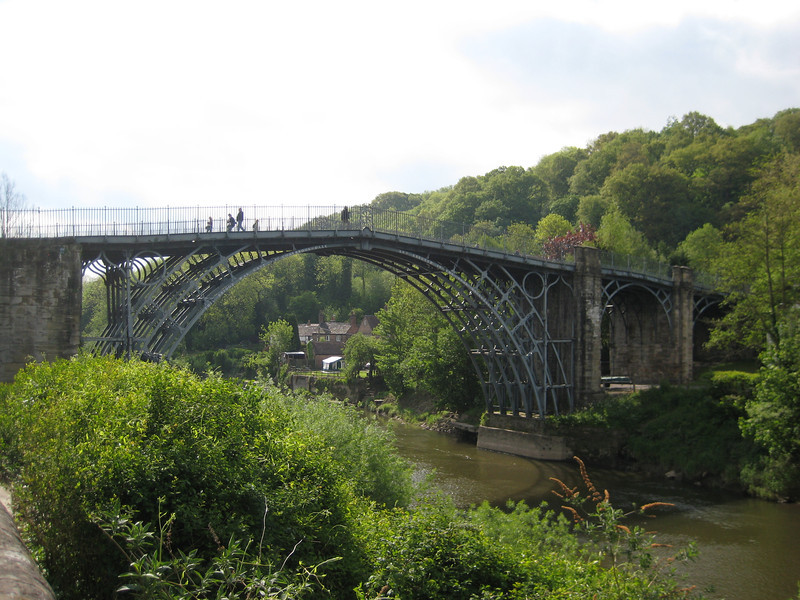
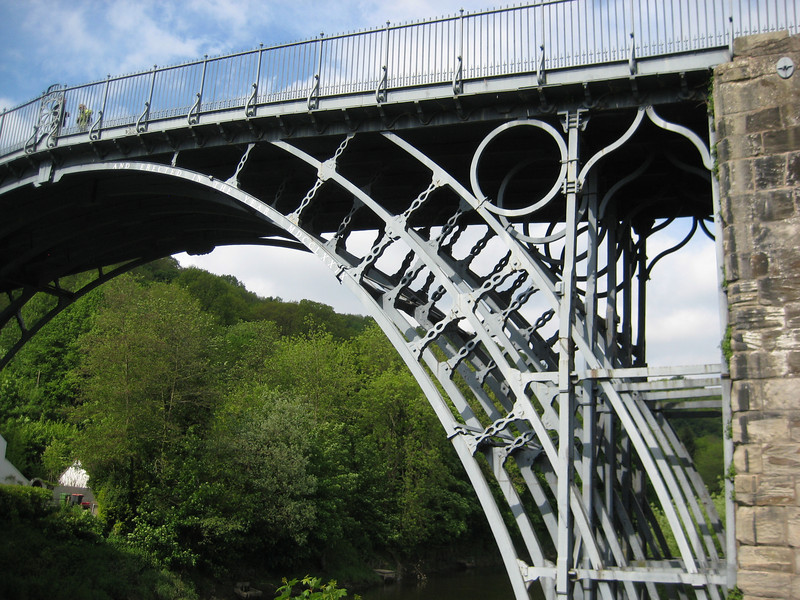
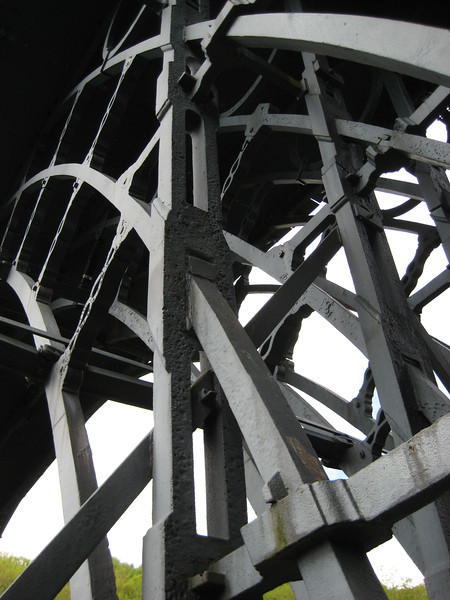
A most enjoyable part of the weekend wandering around in the sun looking at industrial relics – if you are so inclined, I recommend it; if you’ve managed to read this far, perhaps you are.
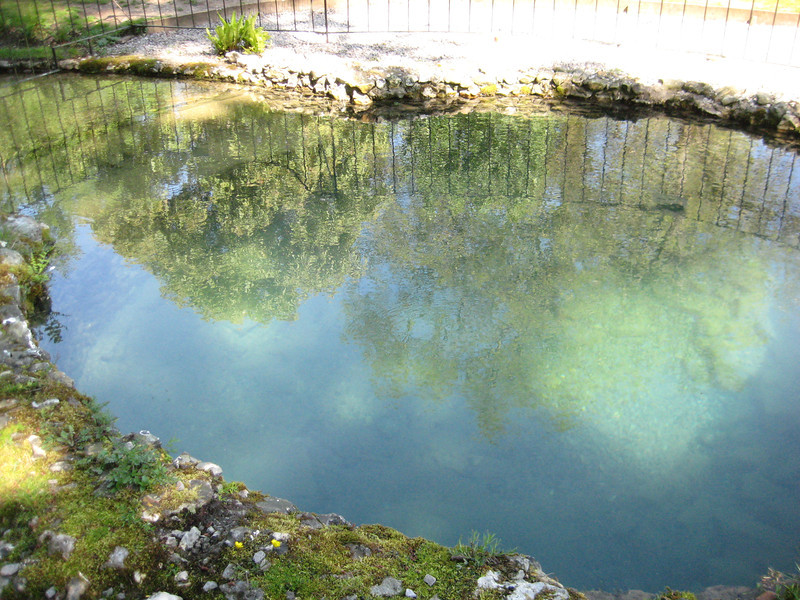 The font, still spewing forth a lot of water, after which the property is named – as the local residents used to meet here back when Old English was spoken and “moot” meant “meet” (say that last bit quickly repeatedly).
The font, still spewing forth a lot of water, after which the property is named – as the local residents used to meet here back when Old English was spoken and “moot” meant “meet” (say that last bit quickly repeatedly).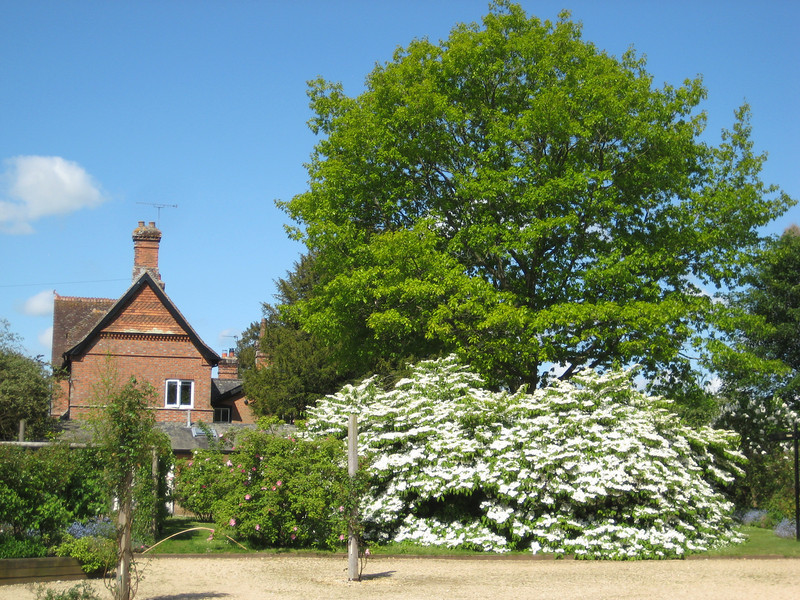 I forget what that smaller tree is, but it certainly was a mass of white.
I forget what that smaller tree is, but it certainly was a mass of white.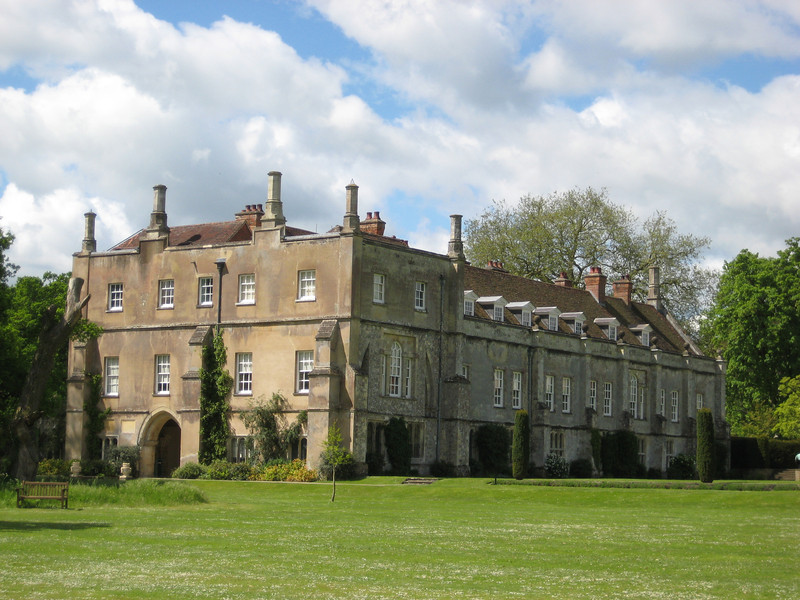
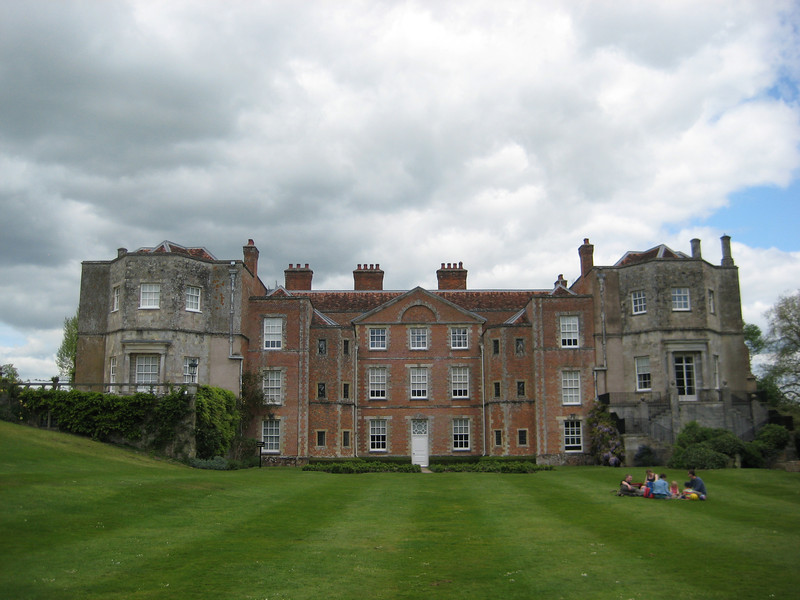
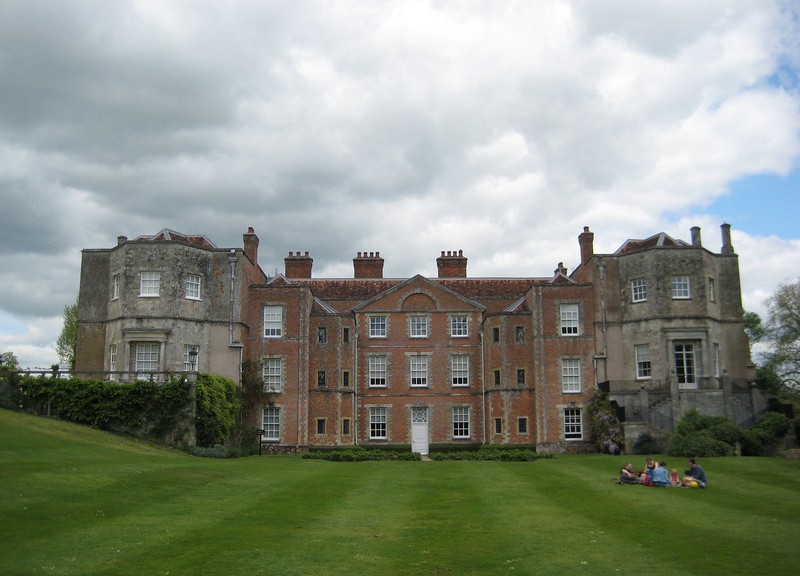
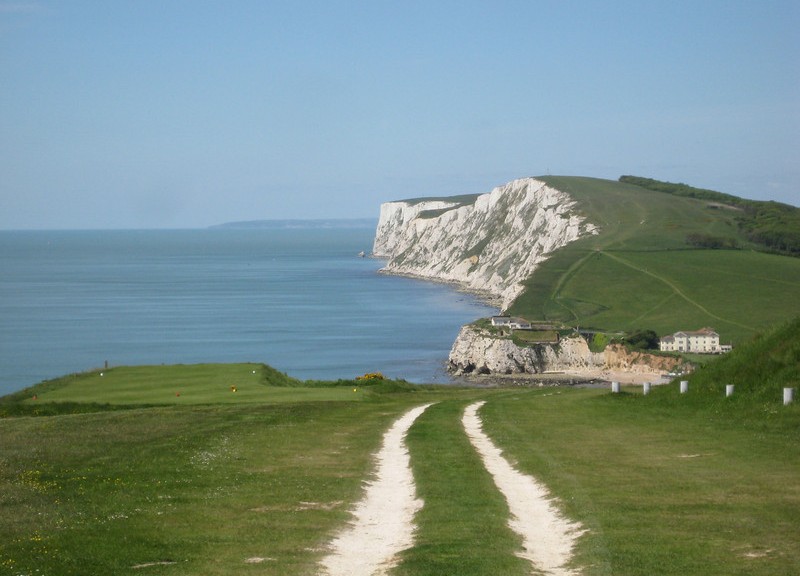
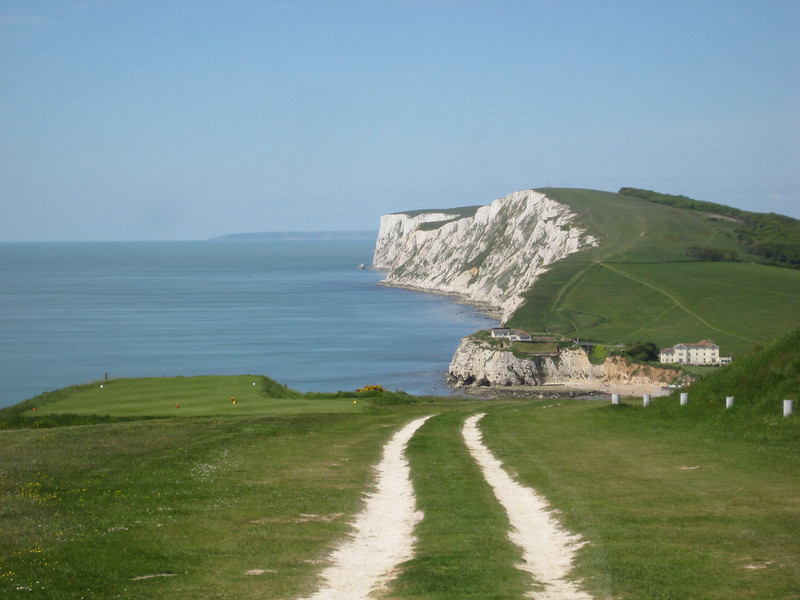
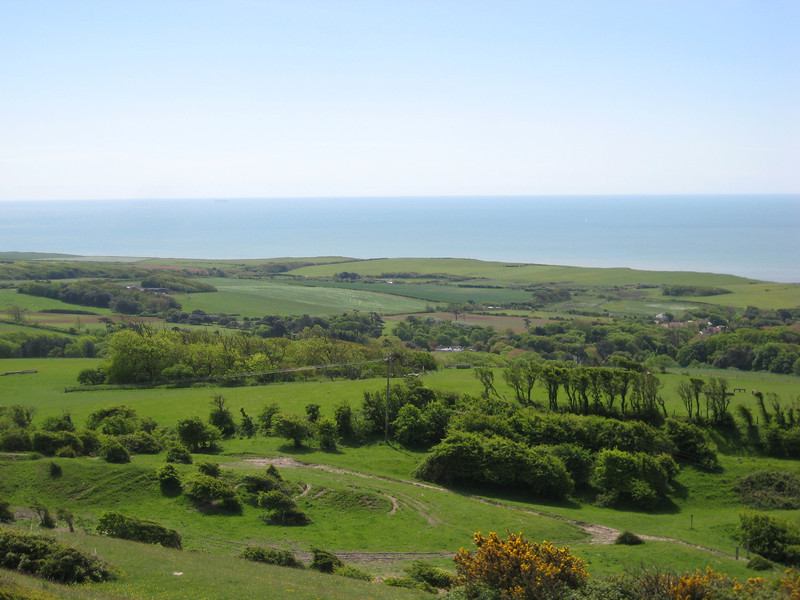
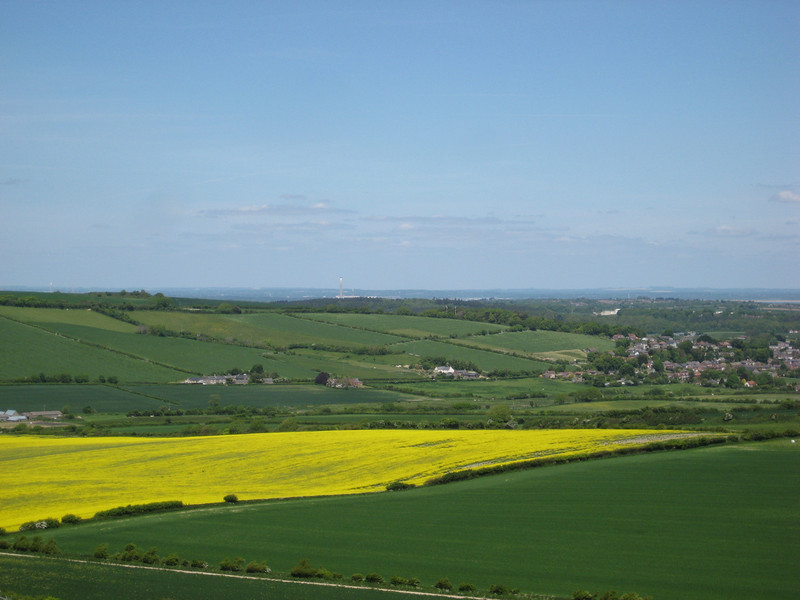
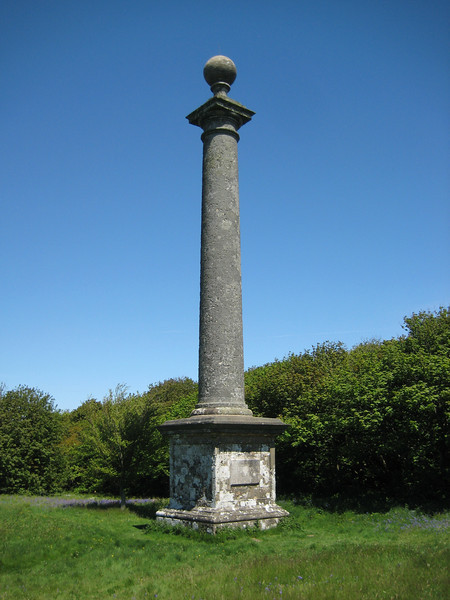 Monument & follies appear in the strangest places in the UK – this wasn’t even at the top of a hill.
Monument & follies appear in the strangest places in the UK – this wasn’t even at the top of a hill.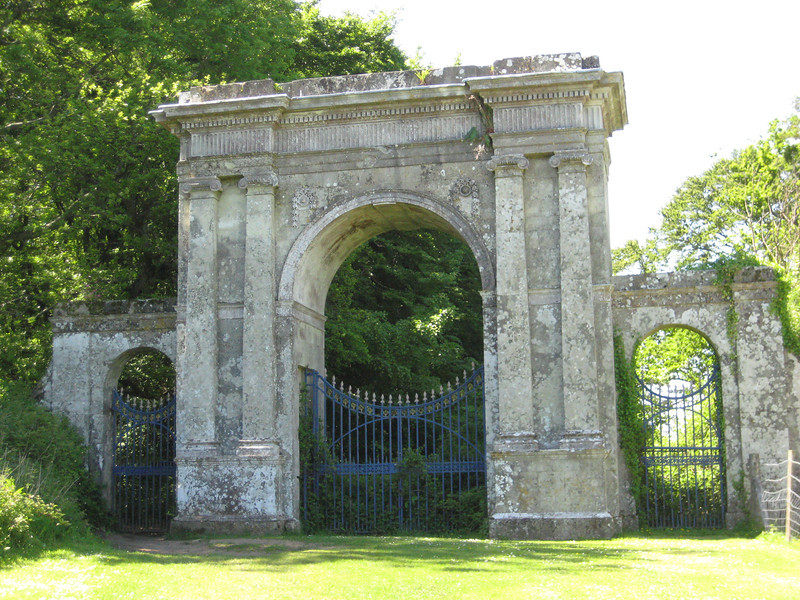 The problem with such a long route on bridleways is the scores/hundreds of gates one must open & close – this set appearing suddenly out of nowhere were a little more over the top than most.
The problem with such a long route on bridleways is the scores/hundreds of gates one must open & close – this set appearing suddenly out of nowhere were a little more over the top than most.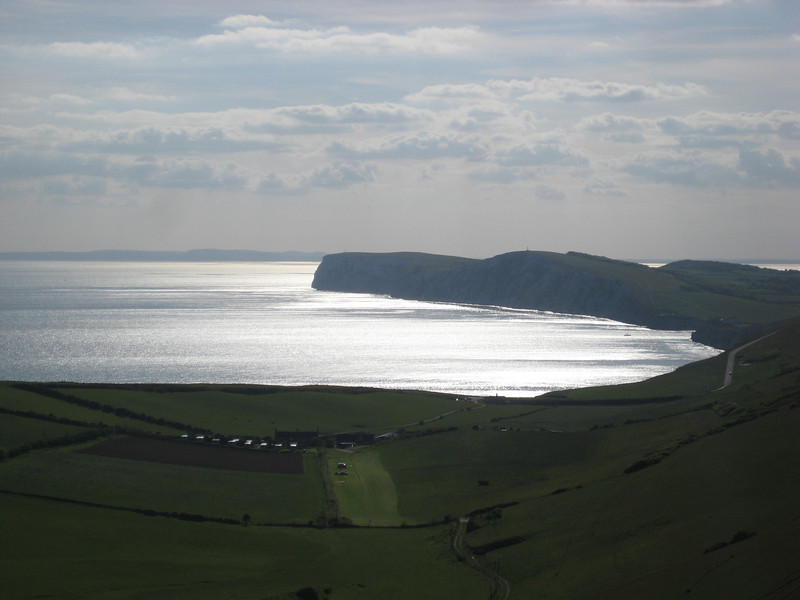
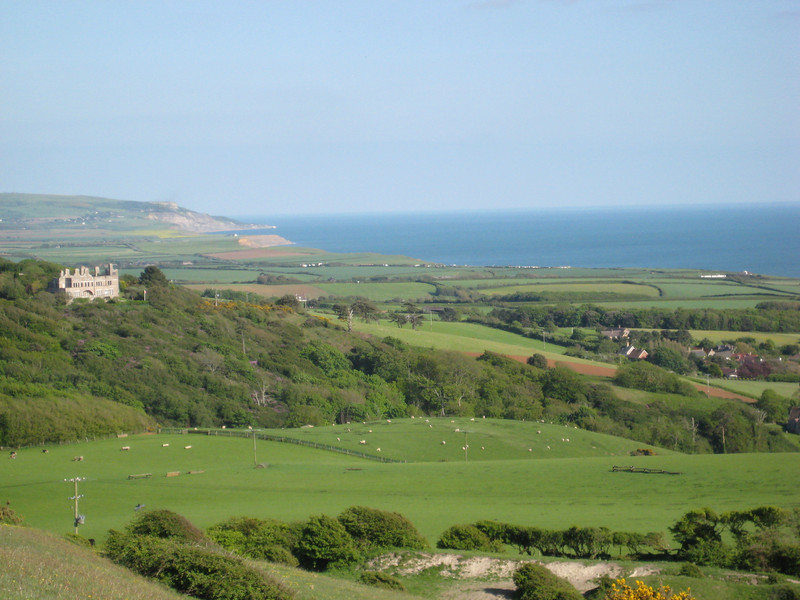
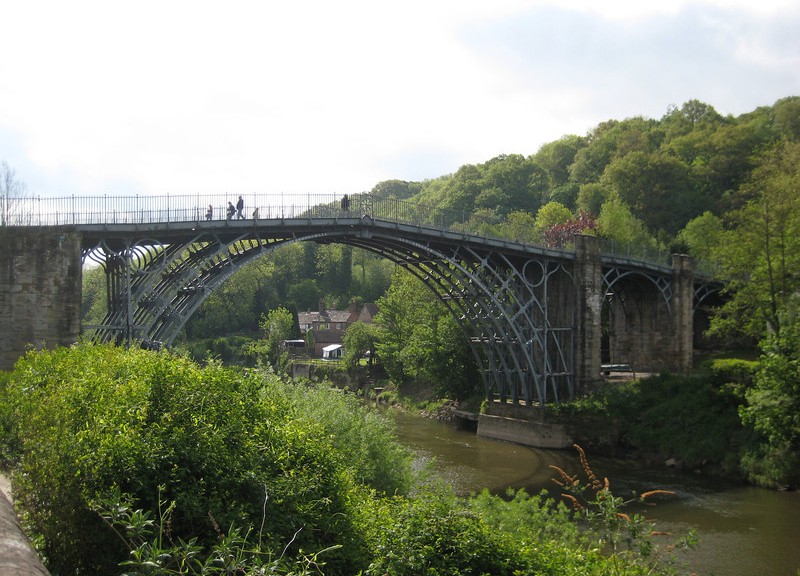
 The hearth of the Old Furnace – that first used with coke.
The hearth of the Old Furnace – that first used with coke. An engine house on the left & charging floor up on the right.
An engine house on the left & charging floor up on the right. Incline plane (two sets of rails on a steep hill)
Incline plane (two sets of rails on a steep hill) A working replica of Trevithick’s locomotive
A working replica of Trevithick’s locomotive An old iron foundry relocated from Woolwich – you can just see the primitive rolling mill in front of the puddling furnace.
An old iron foundry relocated from Woolwich – you can just see the primitive rolling mill in front of the puddling furnace. Kiln at the China Museum
Kiln at the China Museum The Tar Tunnel – while trying to open up a transport route between the Shropshire Canal & the Severn, bitumen was discovered.
The Tar Tunnel – while trying to open up a transport route between the Shropshire Canal & the Severn, bitumen was discovered. While mostly exploited in the 18th century, some bitumen continues to ooze out of the walls.
While mostly exploited in the 18th century, some bitumen continues to ooze out of the walls.


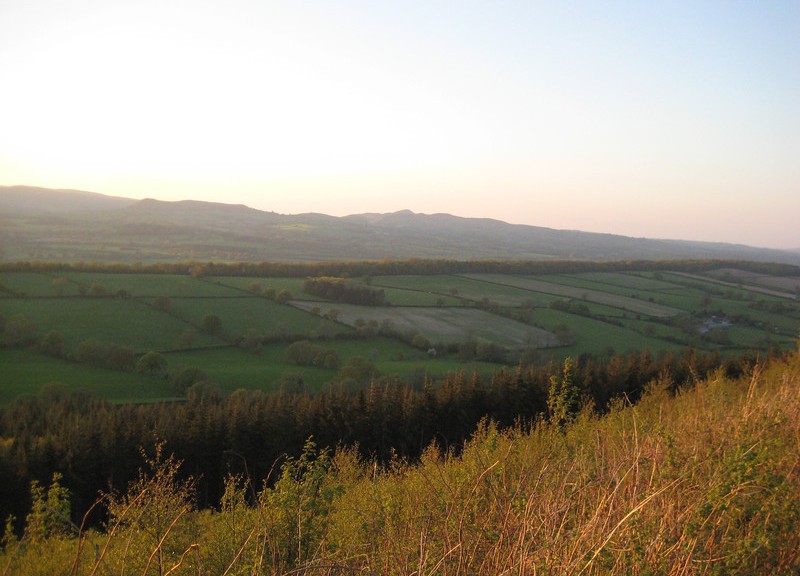
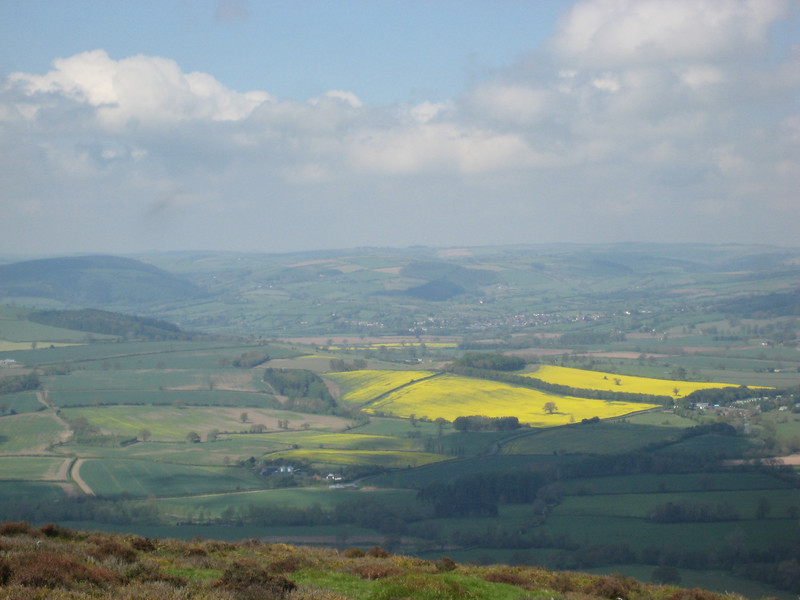 All weekend I saw many vivid yellow fields.
All weekend I saw many vivid yellow fields.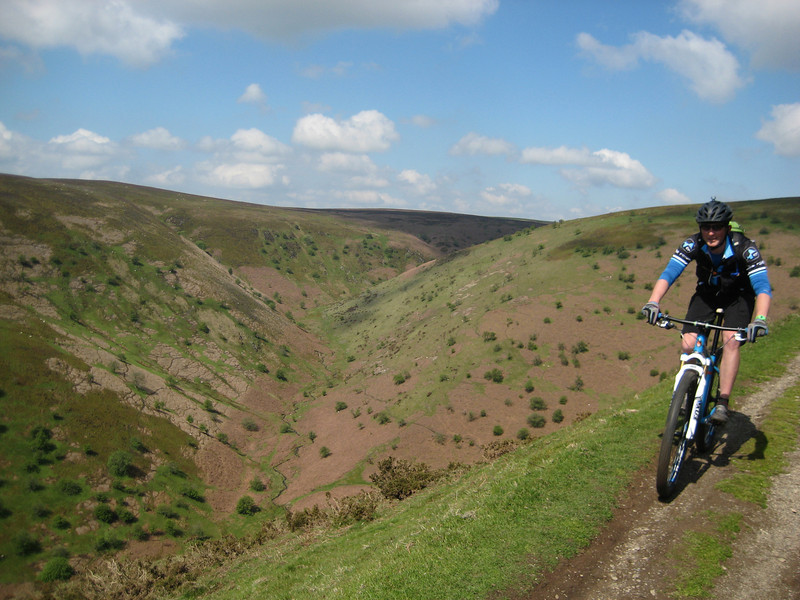 John – also opted for ‘spensions & gears.
John – also opted for ‘spensions & gears.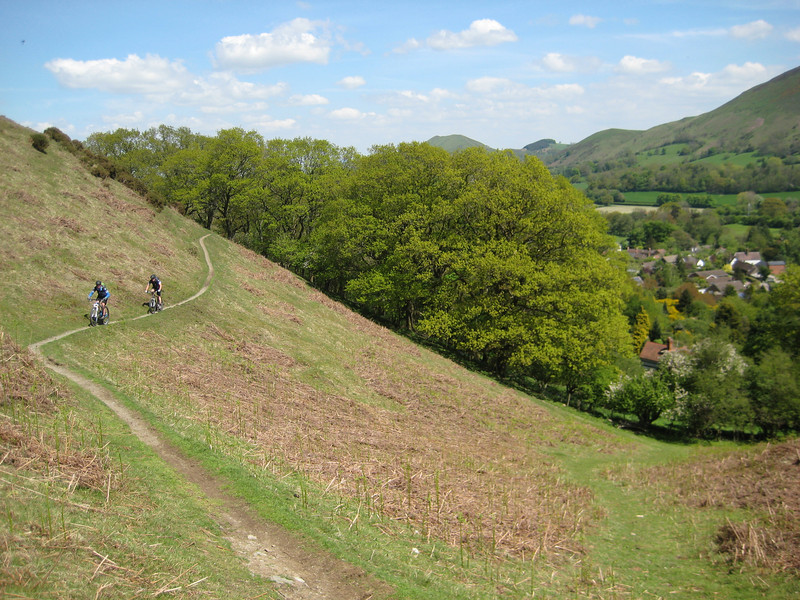
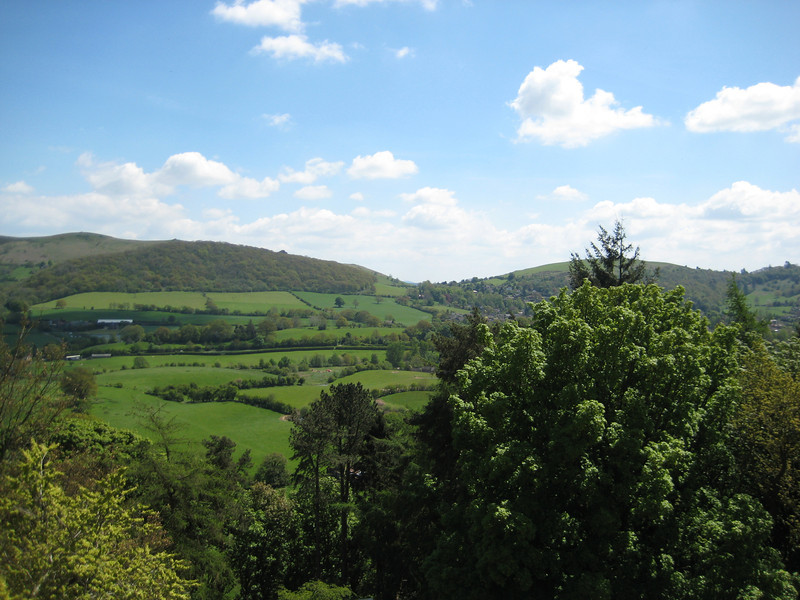
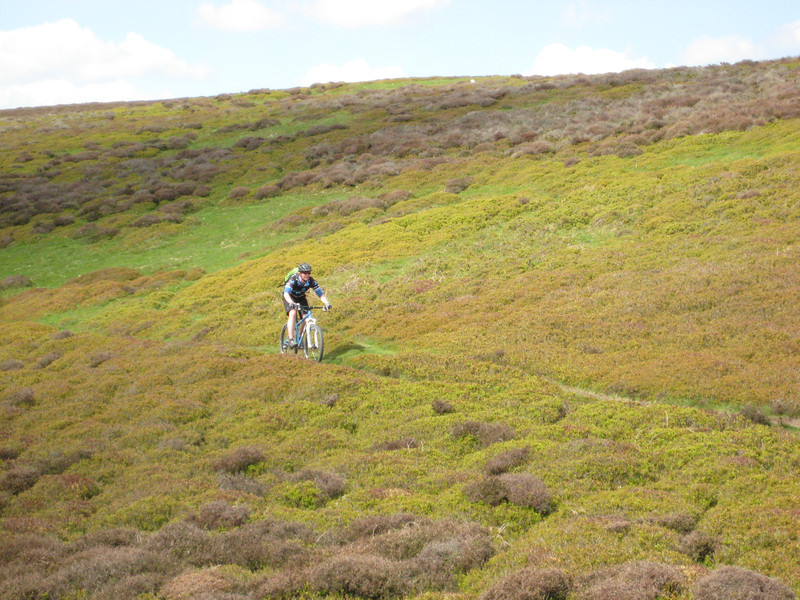
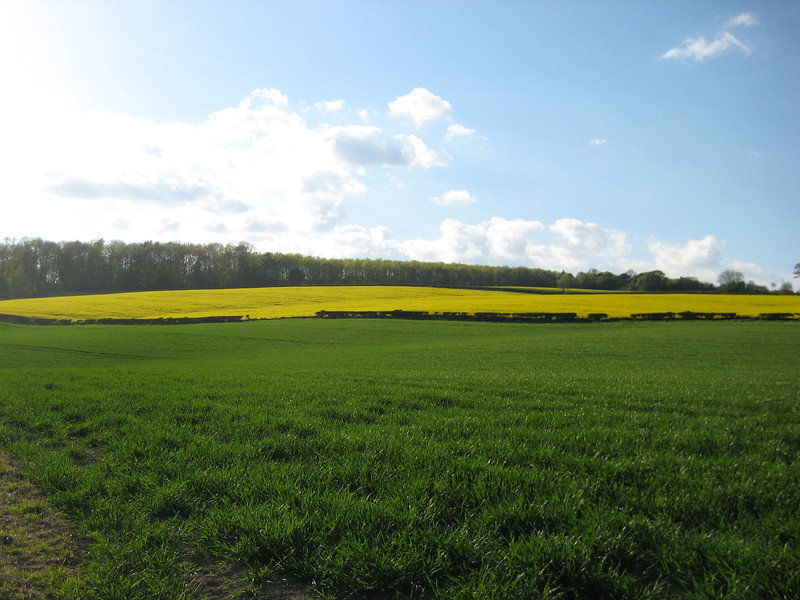
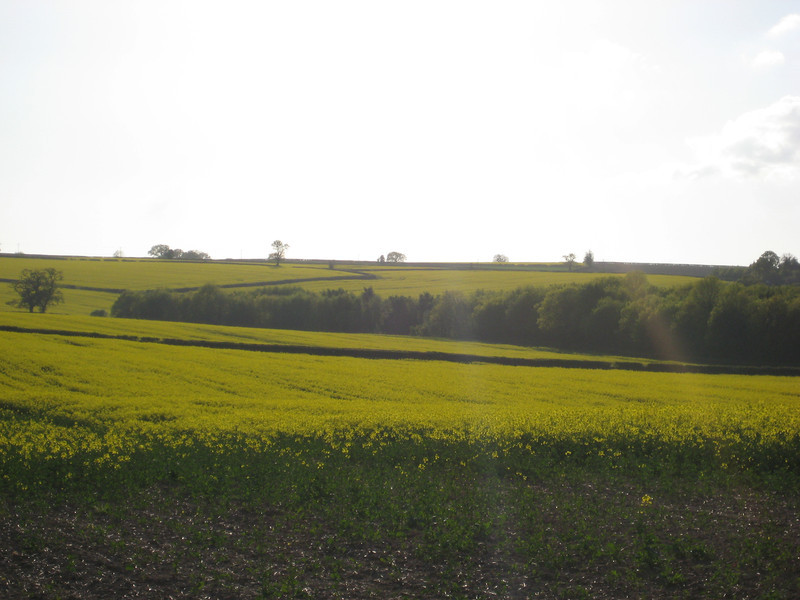
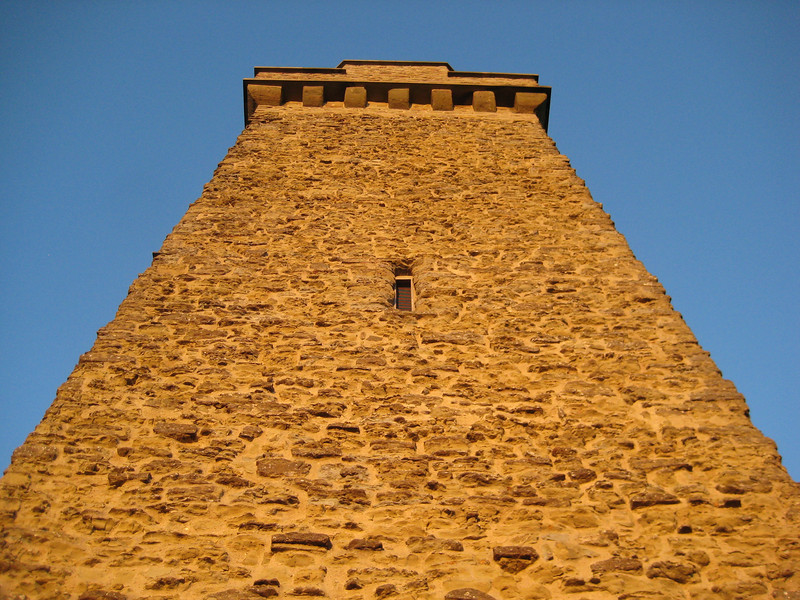 Flounders’ Folly – very difficult to fit in the frame if one is not inclined to fall off the edge of the hill.
Flounders’ Folly – very difficult to fit in the frame if one is not inclined to fall off the edge of the hill.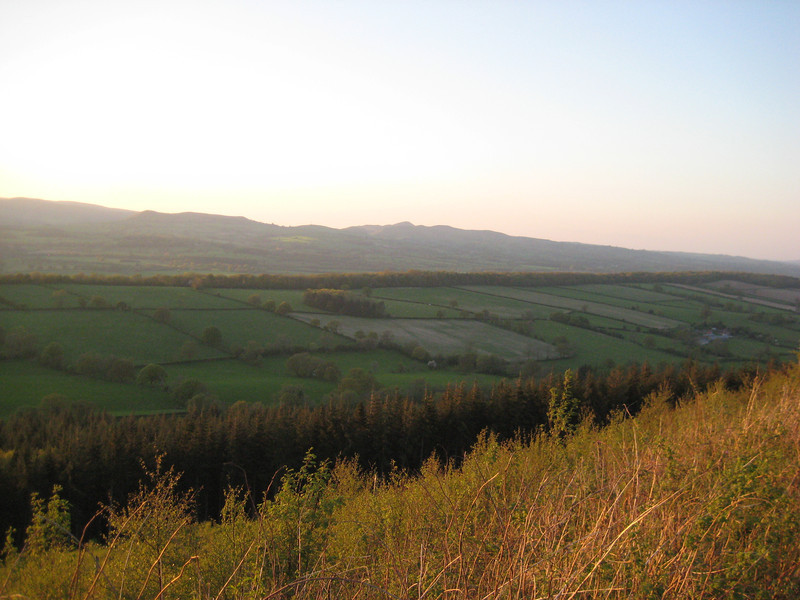 Looking back to Wenlock Edge
Looking back to Wenlock Edge